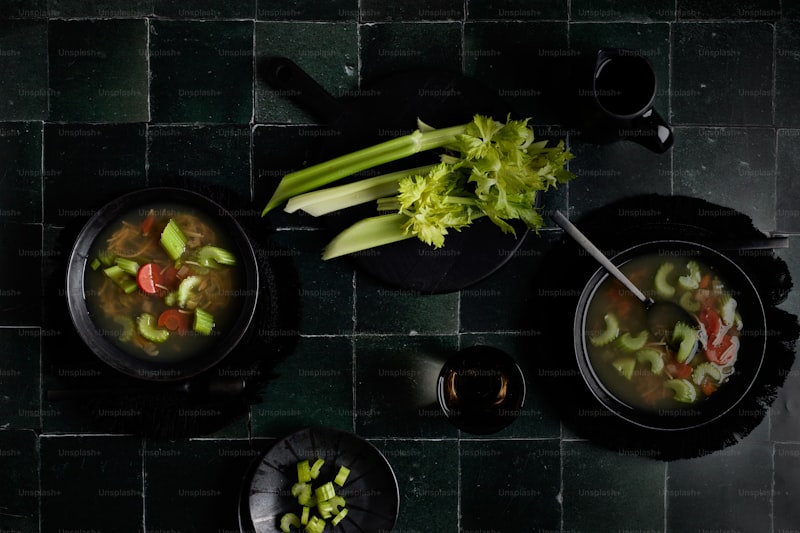Mixing Traditional with Contemporary: A Harmonious Blend of Styles
Exploring the Art of Mixing Traditional with Contemporary
In today’s fast-paced world, the fusion of traditional and contemporary styles has become a powerful trend. From home decor to fashion, the blending of these two seemingly opposite styles creates an aesthetic that is both innovative and respectful of heritage. This article delves into the nuances of mixing traditional with contemporary, exploring its significance across different domains, and offering insights on how to achieve the perfect balance.
The Significance of Mixing Traditional with Contemporary
The act of combining traditional and contemporary elements is not merely an aesthetic choice; it represents a cultural dialogue between the past and the present. It allows individuals to express their identities and showcase their diverse backgrounds. The process encourages innovation, as new ideas emerge from established traditions. Here are some of the prime reasons why this blending is significant:
- Preservation of Culture: By incorporating traditional elements into contemporary designs, cultures can preserve their history while adapting to modern trends.
- Creative Innovation: The fusion promotes creativity and inspires designers to think outside the box, resulting in unique creations.
- Appeal to a Broader Audience: Mixing styles can attract both traditionalists and contemporary enthusiasts, broadening the market appeal.
Key Areas for Mixing Traditional with Contemporary
1. Interior Design
When it comes to interior design, the mixing of traditional and contemporary styles can create stunning spaces that are rich in character. Here are some strategies to consider:
- Furniture: Incorporate a traditional wooden dining table paired with sleek, modern chairs. This juxtaposition creates a focal point in the room.
- Color Schemes: Use bold contemporary colors with traditional wallpaper patterns to bring a fresh twist to classic designs.
- Art Displays: Combine vintage art pieces with modern sculptures to create an eclectic gallery wall.
2. Fashion
The world of fashion has also embraced the mix of traditional and contemporary styles. Designers are increasingly drawing inspiration from cultural heritage while infusing modern aesthetics. Here are some ways to achieve this:
- Textiles: Use traditional fabrics, such as silk or cotton, crafted into contemporary silhouettes for a fresh look.
- Accessories: Pair traditional jewelry with minimalist outfits to create contrast and interest.
- Footwear: Combine classic shoe designs with modern colors or materials for a chic yet timeless appeal.
3. Food and Culinary Arts
The culinary world is also witnessing a delicious fusion of flavors as chefs mix traditional recipes with modern techniques. The result is a vibrant food culture that celebrates diversity. Here are some examples:
| Traditional Dish | Contemporary Twist |
| Beef Wellington | Vegan Wellington with plant-based ingredients |
| Sushi | Sushi burrito with fusion fillings |
| Italian Pasta | Spaghetti with modern molecular gastronomy techniques |
Challenges of Mixing Traditional with Contemporary
While the fusion of styles offers numerous benefits, it also comes with its own set of challenges. It's essential to navigate these challenges thoughtfully to achieve a successful blend:
- Respect for Traditions: One must ensure that traditional elements are not misrepresented or appropriated, which can lead to cultural insensitivity.
- Balance: Striking the right balance between old and new can be tricky; too much of one may overshadow the other.
- Aesthetic Cohesion: Maintaining a cohesive aesthetic is crucial. Mixing styles requires a keen eye for detail to avoid a chaotic look.
Tips for Successful Mixing
To create a harmonious blend of traditional and contemporary styles, consider the following tips:
- Curate Thoughtfully: Select pieces that complement each other rather than clash. Take time to choose items that reflect your personal style.
- Focus on Common Elements: Look for shared colors, materials, or themes that can connect traditional and contemporary pieces, making the overall design feel unified.
- Embrace Imperfection: Sometimes, the beauty lies in the imperfections of mixing styles. Allow room for experimentation and creativity.

Conclusion
Mixing traditional with contemporary is not just a style choice; it’s a celebration of culture, creativity, and innovation. By understanding the significance and intricacies of this blend, individuals can create environments, fashion statements, and culinary experiences that resonate with personal narratives while respecting cultural heritage. Remember to approach this mixing with thoughtfulness, respect, and an adventurous spirit. As you embark on your journey of blending styles, embrace the richness of diversity and allow it to inspire your creativity.
In summary, whether you are redesigning your living space, refreshing your wardrobe, or exploring culinary creations, the art of mixing traditional with contemporary can unlock new dimensions of expression. Stay curious, experiment generously, and enjoy the journey of crafting unique and meaningful experiences!